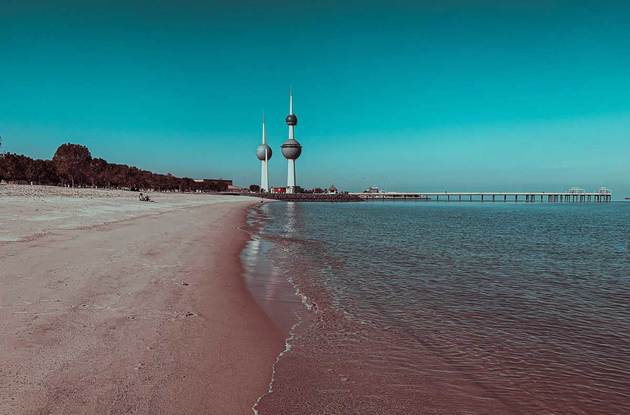Following a year of economic distress, Gulf Cooperation Council (GCC) economies are expected to return to an aggregate growth of 2.2% in 2021, according to the latest issue of the World Bank Gulf Economic Update (GEU) titled “COVID-19 Pandemic and the Road to Diversification”. This growth is buoyed by the global economic recovery, projected at 5.6% and the revival of global oil demand and international oil prices.
Modern Diplomacy notes, that the COVID-19 pandemic and the decline in global oil demand and prices dealt the GCC countries a health crisis and a commodity market shock causing a GDP contraction 4.8% in 2020. Fiscal deficits are projected to persist for most over the forecast period, however. The three countries with the largest deficits in 2020 – Kuwait, Bahrain, and Oman – are projected to remain in deficit throughout 2021-23, but at narrower ratios to GDP in 2023 than during the economic downturn in 2020. According to the GEU, the oil supply cutbacks and the four-year-low average oil price of US$41.30 per barrel slashed the group’s goods and services exports by 8.1% in real terms and turned the current account surplus of 6.8% of GDP in 2019 into a deficit of 2.9% of GDP in 2020.
Non-oil GDP is proportionately larger now in all the GCC countries than it was 10 or 20 years ago, but much work remains to be done. Many are still highly reliant on oil and gas exports, which remain over 70% of total goods exports in Kuwait, Qatar, Saudi Arabia and Oman, and on oil revenues, which exceed 70% of total government revenues in Kuwait, Qatar, Oman, and Bahrain.
“While the GCC has done a lot in the last year to contain the effects of the pandemic on their economy, including procuring vaccinations early on, they must continue to reform their public sector finances,” said Issam Abousleiman, World Bank Regional Director of the GCC Countries. “The region needs to strengthen their competition policies to harness the benefits of telecommunications and the digitalization of economic activity.”
The sixth issue of the GEU focuses on fiscal revenues and structural reforms including strategic investments in digitalization and telecommunications, which can help enable more economic diversification. Promoting private sector development remains at the core of national and regional economic diversification efforts. The GCC managed to complete only two state-owned enterprise privatization transactions and only two public-private partnership (PPP) agreements in 2020, but it was a difficult year for commerce and investment anywhere.
Also, advancing the telecommunications frontier is a strategic investment sector for diversification and post COVID-19 recovery, that will serve the GCC well. Past investments in the sector accorded the GCC sizable benefits during the pandemic as quarantines, lockdowns, and restrictions forced public health surveillance, wholesale and retail commerce, public and private education, banking and financial services, and private and government office work onto digital channels. Strategic investment in advanced telecommunications technologies, including 5G, is underway in the GCC. But beyond capital spending on infrastructure, the telecommunications sector would benefit greatly from improvements in the legal, regulatory, and competition frameworks under which service providers operate.
GCC countries outlook
Bahrain: Bahrain will continue to rely on fiscal support measures in 2021 to overcome the economic contraction in 2020. GDP growth is expected to reach 3.3% in 2021 and remain at the same pace during the medium-term.
Kuwait: Oil exports will continue to drive Kuwait’s growth dynamics. Economic growth is forecast to rebound to a moderate 2.4% in 2021, before ramping up to an average 3.2% in 2022-23.
Oman: Oman’s economy is forecast to recover in 2021, albeit at a moderate 2.5% growth rate as a sizable infrastructure investment program gains momentum. Medium-term growth is projected to average 5.3% over the forecast period.
Qatar: Qatar is forecast to post a strong growth rebound with LNG demand in South and East Asia underpinning medium-term prospects. Qatar’s economy is projected to grow by 3% in 2021 before accelerating to 4.1% in 2022 and 4.5% in 2023.
Saudi Arabia: Firmer global oil demand will support Saudi Arabia’s economic recovery in 2021 with GDP growth expected to reach 2.4% in 2021. Medium-term growth is projected to average 3% over the forecast period.
United Arab Emirates: The UAE is expected to swing back to growth in 2021, estimated at 1.2%, before accelerating to 2.5% in 2022 and 2023 driven by government expenditures and the staging of Expo 2020 in October 2021.






